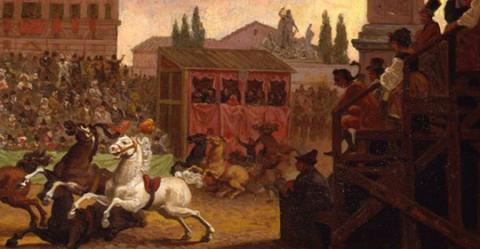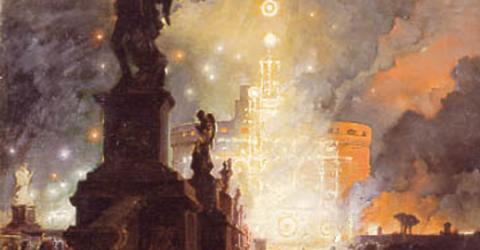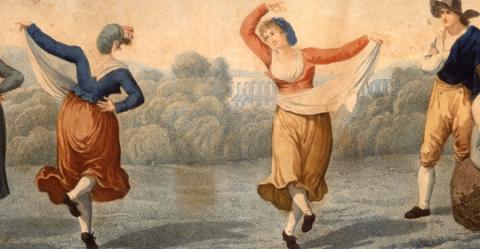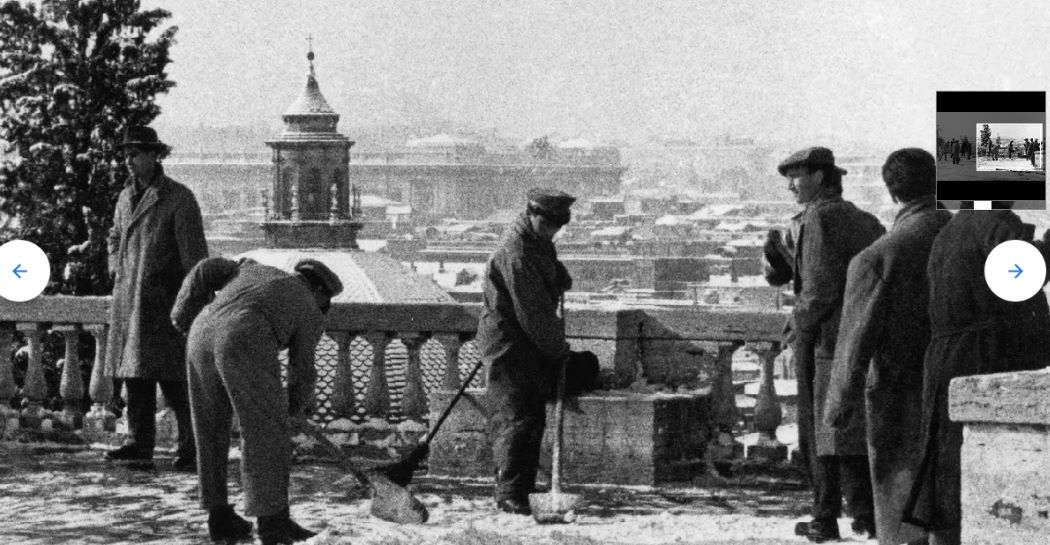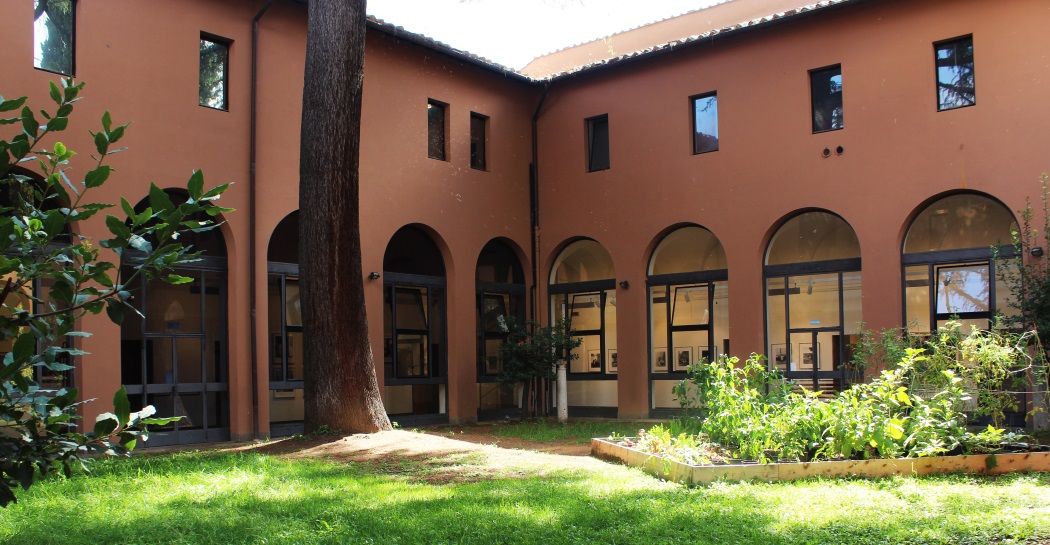Festivals and entertainments
In the nineteenth century, as in previous centuries, Roman life was peppered with numerous popular festivals. Most were religious in nature, but the calendar was also marked with secular events during which the Romans abandoned themselves to a fresh and unfettered happiness.


Religious festivals
The most significant traditions connected to religious events were:
At Christmas: the arrival of the pipers from the nearby mountains of Lazio and Abruzzo, who came to play a novena outside the sacred buildings, the adoration of the Christ child at the Ara Coeli church, and the beautiful crèches set up in the city’s churches.
At Epiphany: the market in Piazza S. Eustachio, moved after 1870 to Piazza Navona, where toys, sweets, and figurines for crèches could be bought.
The blessing of the animals on the Esquiline, in front of the church of the Saint, on the 17th January, for the festival of S. Antonio Abate.
The processions for Holy Week, Easter and the Corpus Domini and the festival of Saint John, on the 24th June, together with the celebration of the Saint and the festival for the summer solstice.
But the most talked of and admired event was the festival of Saints Peter and Paul on the 29th June. On this occasion St Peter’s and the Castel S. Angelo were covered with lights, for what was known as the “luminarie”. The cycle of religious festivals ended with a week in November dedicated to the cult of the dead.
Additionally, every area of the city had its own saints to celebrate, and many of the churches had independent celebrations: processions, papal visits and anniversaries, and festivities for the accession to the papal throne.
The liturgical calendar structured the months and the seasons, creating days of festival which, as well as cyclically reinforcing the cohesion and division of the community’s values, also functioned as a threshold between one segment of everyday life and another.
Entertainment
During those periods that were not given over to sacred celebrations, the Romans devoted themselves to festivals and forms of entertainment that were often related to their work activities, such as the “capate” (the cattle brought to be butchered at the Porto del Popolo) and the grape harvest. Other entertainments were the bull fights in the area around the Mausoleum of Augustus, the lake of Piazza Navona, and the fire spectacles at the Corea theatre on summer Sundays. In some points of the year, the nobility opened their parks to the people and organised maypole dancing , horse and chariot races, hot air balloons and exotic animals. Equally characteristic were the festivals connected to the grape harvest, with contests in poetry, singing and the unmissable saltarello.
But the event most frequently mentioned by the Romans was the Carnival on the Via del Corso.
From 1870 various of the events gradually disappeared, such as the Catherine wheel at Castel S. Angelo, others, however survived, changing and sometimes becoming enriched with new elements, sometimes, however, losing part of their magnificence and their appeal.


























